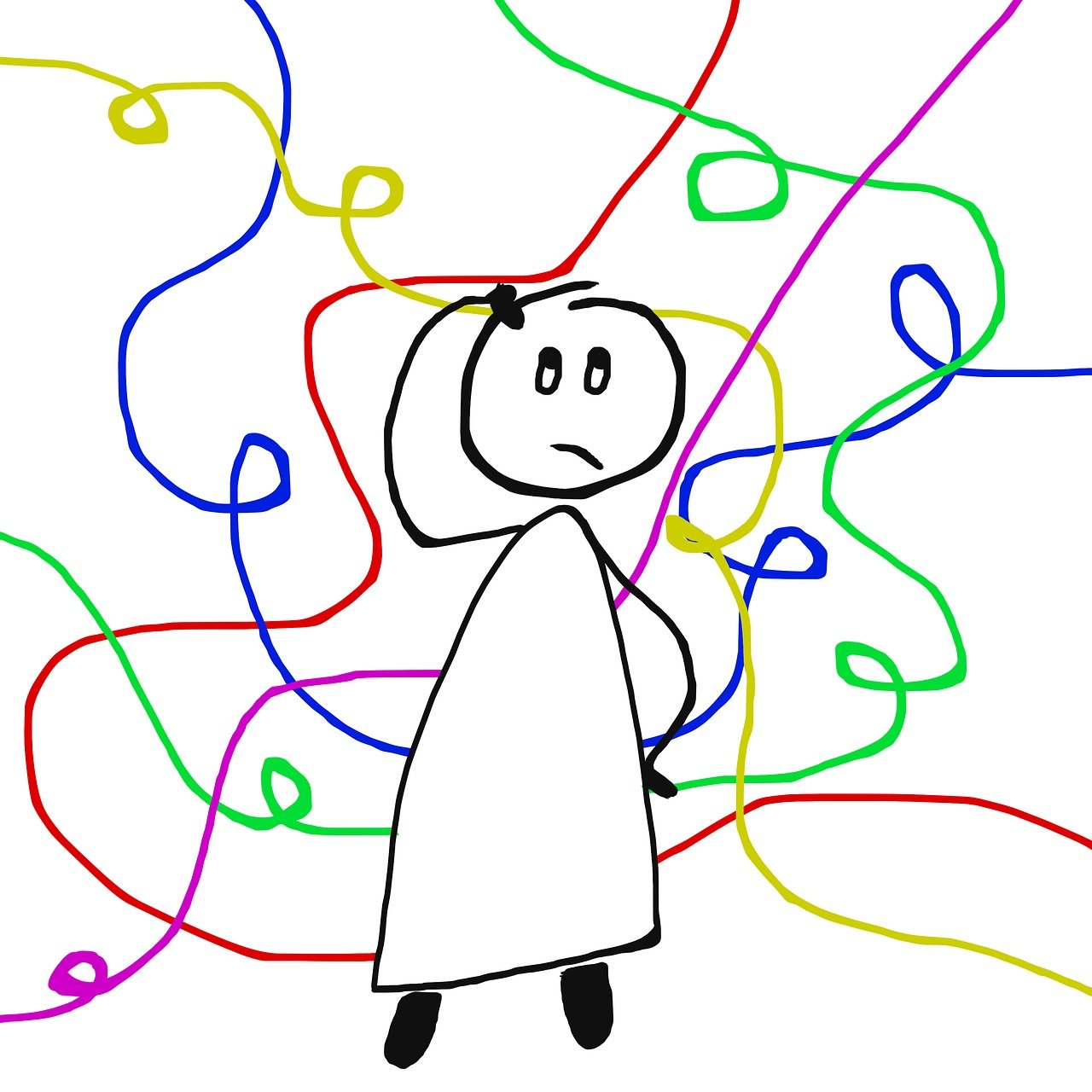Pathological demand avoidance (PDA) is characterized by an extreme avoidance of everyday demands and expectations, even when it would be effective to satisfy the demands. This behavior is common in neurodivergent people and can result in significant challenges in daily life. PDA can occur with external demands and internal demands. External demands are tasks or demands that are coming from outside yourself, such as being told/asked to do something, going to work/school, or answering questions like “How was day today?”. Internal demands are things that come from within yourself, such as needing to take a shower, eating, needing to go to the restroom, going to bed, wanting to do something, wanting to go somewhere, etc.
PDA is a real pain to manage sometimes. While PDA can be distressing, it has a function or a reason behind it. The function of PDA is to protect your sense of autonomy and control. There’s a lot of things that we can’t control and PDA behaviors are just trying to give a little bit of that back. The downside is that PDA can turn on even for things that you really want to do. PDA can cause you to feel like everything is a demand which makes it very difficult to get yourself to do those things.
We can think of PDA as a part of your emotion mind. This means we can use skills to get to wise mind and increase willingness to do the task or demand. Willingness and self-validation can help increase motivation to get those things done and to decrease the effect of PDA in that moment. This isn’t going to stop you from struggling with PDA sometimes, it is just going to make it a little bit easier to manage and give yourself grace when it does pop up.
What is willingness?
First, we have to talk about what willingness is. Willingness is DOING JUST WHAT IS NEEDED without dragging your feet. Willingness isn’t going above and beyond, but rather doing just what is required. This can be a relief because one reason it can be really difficult to manage PDA is the belief that you need to go above and beyond or even do it at the same level that you would when you’re motivated to do the task. Willingness is saying that you just need to do the minimum amount needed to satisfy or meet the demand. This could look like eating leftovers or a frozen meal instead of cooking a whole meal.
Willingness is listening to your wise mind and then ACTING FROM YOUR WISE MIND. I put this part in all caps because oftentimes you know that what you’re doing isn’t effective and you may even want to stop doing it. The part of you that wants to do the task (aka wise mind) isn’t in the driver’s seat. Emotion mind or PDA is driving the car which is keeping you from completing the task.
How do we turn willfulness into willingness?
Now that we know what willingness is, we can talk about willfulness. Willfulness is the opposite of willingness and we want to replace willfulness with willingness. Willfulness is refusing to tolerate the moment and refusing to make changes that are needed. When we’re being willful we’re doing the opposite of what works and trying to be in control. Willfulness is focusing on what you want right now and not thinking about what would be most effective for your long-term goals. Willfulness can also look like being passive or giving up. PDA is a form of willfulness because you’re not doing what you need to do or sometimes what you want to do. When we’re feeling willful, we’re likely in emotion mind. To avoid the demand you might:
- Say no the request
- Distract yourself or the person making the request so they stop asking
- Procrastinate
- Withdrawal from the situation
- Give excuses as to why you can’t do it
- Get aggressive (this is more common in neurodivergent children than adults and is usually a last resort to resisting the demand)
Here is how you increase willingness and can decrease the effect of PDA:
- Observe that you’re being willful or experiencing PDA – You can’t change what you don’t know what you’re doing or feeling. I will say out loud to myself – “You’re being willful right now” or some other iteration of that. This might require to get into wise mind
- Radically accept that you’re feeling (and maybe acting) willful – Willfulness/PDA is normal and while it is unpleasant to experience it is the reality of that moment. We can’t fight willfulness with willfulness. There have been countless times when I have to get myself to do something through sheer willpower alone and instead of doing the task, I get more frustrated with myself and further dig in my heels.
- Validate yourself – Since we can’t fight willfulness with more willfulness, there’s no need to beat yourself up trying to get yourself to do the task. Validate the part of you that doesn’t want to do the task and validate the part of you that does want to do it.

- Do ½ smile and willing hands – Here’s a video of Marsha Linehan talking about willing hands
- Ask yourself “what is the threat?” – The threat really means the unfavorable outcome you’re trying to avoid. The whole point of PDA is to protect your autonomy and increase your sense of control. We can check the facts on how reasonable the threat is and how likely it is to occur. Oftentimes it isn’t realistic to the situation and doesn’t fit the facts.
Reference: Pathological Demand Avoidance (PDA) and Autism: A Guide For Allies
About the Author
Robyn Williams (she/her), M.A., LPC is a Licensed Professional Counselor who specializes in dialectical behavior therapy. Robyn works with teens and adults in a compassionate judgment-free manner to meet clients where they are in life. Robyn helps her clients develop the tools they need in order to live their life worth living, and find what means most to them. Robyn believes that while therapy can be intimidating at times, it can be a conduit for personal growth. Click here to learn more about Robyn’s experience and therapeutic approach.


